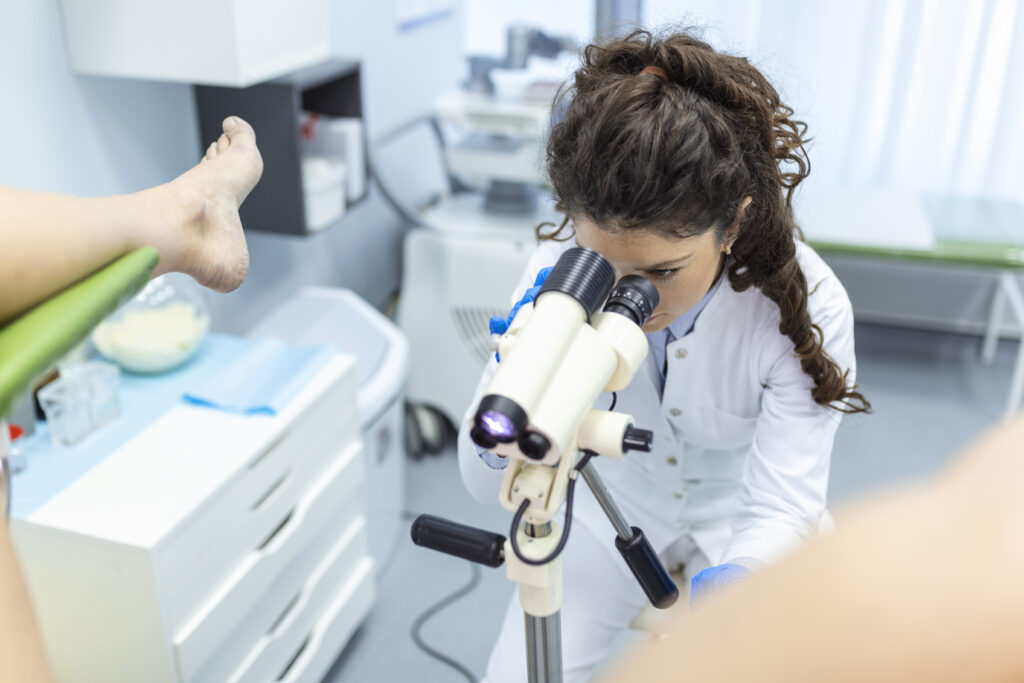A cystoscope is a sophisticated medical instrument that allows specialists to examine the interior of the bladder and urethra with precision and minimal invasiveness. By combining high-resolution imaging with flexible or rigid endoscopic technology, cystoscopy provides accurate diagnosis, early detection of abnormalities, and therapeutic intervention, making it a cornerstone in urological care within medical technologies.

The Evolution of Cystoscopy
Before the development of modern cystoscopes, evaluation of the bladder and urethra relied on indirect imaging methods, which often provided limited information. Early rigid instruments allowed only basic visualization and were associated with discomfort and limited maneuverability.
Advances in cystoscopy introduced flexible, high-definition instruments with improved lighting, optics, and digital imaging. These innovations significantly enhanced visualization, diagnostic accuracy, and patient comfort, transforming urological assessment and treatment.
How Cystoscopy Works
Cystoscopy involves the insertion of a cystoscope—a thin, tube-like device equipped with a camera and light—through the urethra into the bladder. Depending on the type of cystoscope used, specialists can either navigate with a flexible scope for enhanced comfort or a rigid scope for more controlled access.
The live video feed allows visualization of the bladder lining, urethra, and ureteral openings. Specialized channels within the cystoscope enable the passage of instruments for biopsies, removal of small stones, or localized treatment of abnormalities. Local, regional, or general anesthesia may be administered depending on the procedure and patient needs.
Key Advantages of Cystoscopy Technology
- Direct Visualization
Cystoscopy allows specialists to see the bladder and urethra in real time, improving diagnostic accuracy compared to indirect imaging. - Early Detection of Abnormalities
This procedure can detect tumors, polyps, inflammation, strictures, or urinary tract stones at an early stage, facilitating timely treatment. - Minimally Invasive
Cystoscopy avoids large incisions, reducing recovery time and minimizing risk of infection or complications. - Therapeutic Capabilities
Specialists can perform biopsies, remove small stones, or apply localized treatments through the cystoscope during the same session. - Personalized Assessment
Cystoscopy can be tailored to each patient’s anatomy and clinical requirements, enhancing precision and safety.
Applications Across Medical Fields
Urology
Cystoscopy is primarily used to assess the bladder, urethra, and lower urinary tract for tumors, stones, infections, or structural abnormalities.
Oncology
Early detection of bladder cancer through cystoscopy allows timely intervention and improves patient outcomes.
Stone Management
Small urinary stones can be identified and removed during the procedure, avoiding more invasive surgical approaches.
Biopsy and Sampling
Cystoscopy allows collection of tissue samples for histological analysis, aiding in accurate diagnosis and treatment planning.
Surgical Assistance and Research
Cystoscopy supports minimally invasive procedures, contributes to urological research, and enhances understanding of urinary tract conditions.
Integration of Advanced Imaging and Data Analytics

Modern cystoscopes feature high-definition cameras, enhanced lighting, and digital imaging capabilities. Some systems offer fluorescence imaging to detect abnormal tissue more clearly. Artificial intelligence is increasingly being applied to assist in real-time detection of lesions, tumors, or subtle abnormalities, improving accuracy and efficiency in clinical practice.
Challenges and Future Perspectives
Although cystoscopy is highly effective, it requires skilled operators, patient preparation, and proper sterilization protocols. Discomfort during the procedure and potential urinary tract irritation are considerations.
Future developments focus on AI-assisted detection, robotic navigation, and enhanced flexible scopes to improve maneuverability, precision, and patient comfort. Portable and single-use cystoscopes may further expand accessibility and convenience.
The Broader Impact on Medical Technologies
Cystoscopy exemplifies the convergence of imaging, minimally invasive technology, and patient-centered care. By enabling both diagnostic and therapeutic interventions in a single session, it has transformed urological practice. The technology also inspires further advances in robotics, AI-guided procedures, and integrated imaging solutions across medical disciplines.
Conclusion
Cystoscopy has revolutionized urinary tract assessment by providing direct visualization, early detection, and minimally invasive intervention. With ongoing innovations in imaging, AI, and flexible instrumentation, cystoscopy remains a key tool in modern urological care, delivering precise, safe, and patient-focused treatment.


